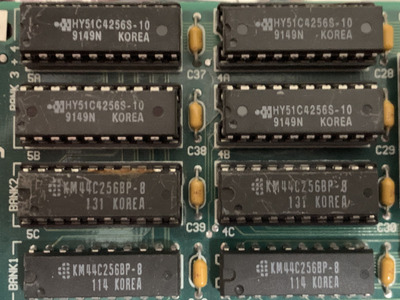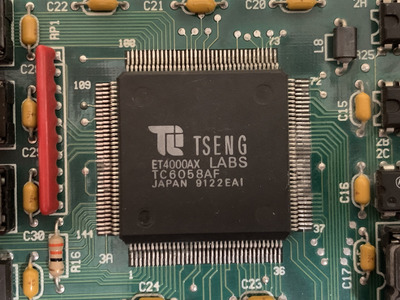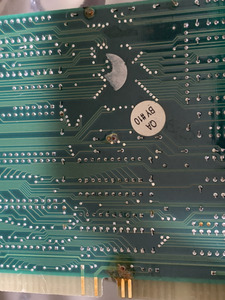Reply 40 of 54, by Deunan
Well, either the BIOS takes different code path on that mobo vs PCem, or there is some sort of issue preventing correct operation of the XT-IDE cards and the ROMs aren't detected at boot.
Things to try:
- Setting the HDD parametrs to Not Installed. I have vague recollection of some old BIOS not working correctly when I tried to input CHS values larger than 504MiB limit. But I don't remember the details now.
- Enabling shadowing for the system and video ROMs. Now that the BIOS has been dumped with correct checksum it shouldn't break anything, and will offer some performance boost in DOS (but not games).
- Trying different video card (if OP has any). It's a long shot, but maybe some weird behaviour of video ROM confuses BIOS. Worth a try unless it requires money being spent.
- A different host for the XTIDE ROM - like a network card with ROM socket. That I would even spend money on. I can recommend 3Com Etherlink III series 3C509B - I have one with AT28C64B EEPROM on it and it works. Might require configuration via software, but that can be run from a floppy.


